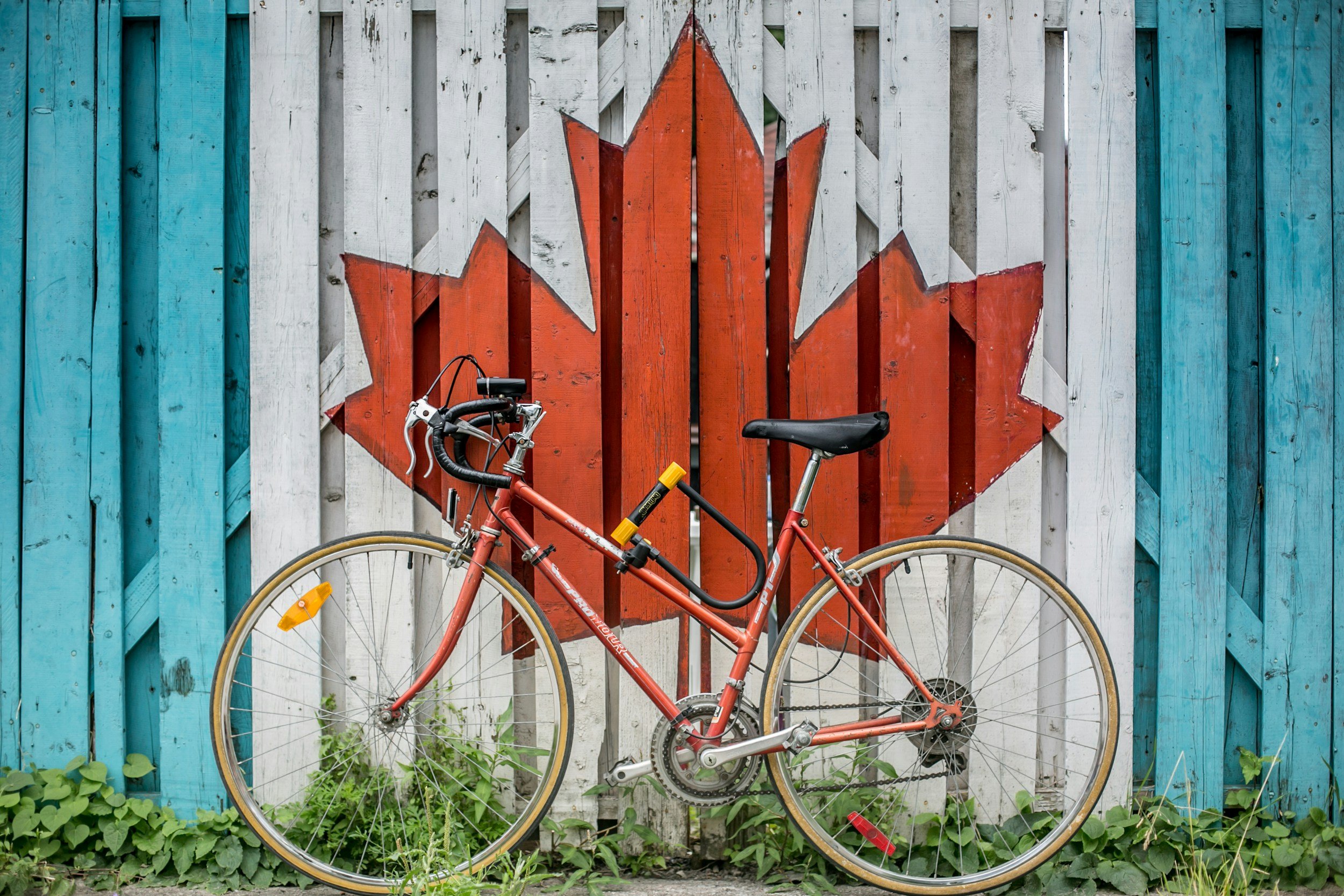The Reality of Male Domestic Violence in Canada.
When we picture a victim of domestic violence, a woman often comes to mind. And for good reason: women account for a significant three-quarters of reported cases of intimate partner violence (IPV) in Canada.
Yet, behind this stark statistic lies a hidden truth: men, too, experience the devastating impact of intimate partner violence. Their stories often remain untold, obscured by societal stigma and a lack of awareness.
The Scope of Men Experiencing Domestic Violence in Canada
While official statistics often underrepresent the full picture, research suggests that the true ratio of male to female domestic violence victims may be closer to a 50-50 split.
Societal stigma and stereotypes frequently prevent men from disclosing their experiences, leading to significant underreporting and a skewed perception of the issue.
Key statistics on male domestic violence
Remember, the figures presented in this blog are based on reported incidents. Many cases of male domestic abuse go unreported due to societal stigma, fear of judgment, and a lack of understanding.
Official data suggests that nearly a quarter of domestic violence survivors are male.
Police-reported data in Canada frequently show that men comprise about 20% to 22% of all intimate partner violence (IPV) cases reported to police in Canada.
A 2020 study by the Office of the Federal Ombudsman for Victims of Crime, titled "Male Survivors of IPV in Canada" sheds light on this often-overlooked issue.
Additionally, preliminary statistics from the Ottawa Police Service for 2024 reveal that 20.5% of intimate partner violence (IPV) victims identified as male, reinforcing the reality that men are significantly impacted by IPV.
Approximately one in seven men aged 18 and older has experienced severe physical violence by an intimate partner.
While precise single-year statistics vary, Canadian data indicates that a significant number of men, including over one-third or 4.9 million in their lifetime, experience various forms of intimate partner violence, highlighting that severe physical violence by a partner is a definite reality for many Canadian men.
While challenging to pinpoint a single Canadian statistic for "one in seven," a 2019 report citing 2014 General Social Survey (GSS) data found that 1.1% of men reported severe forms of domestic violence (such as being hit or kicked) in the preceding 12 months.
More broadly, the Justice Canada report on male IPV survivors also notes that "about one third (36%) or 4.9 million men reported experiencing IPV in their lifetime" (Cotter, 2021), encompassing various forms of IPV.
This suggests that severe physical violence by an intimate partner is a definite reality for a significant number of Canadian men over their lifetime.
Nearly half of all men have endured psychological aggression from a partner.
Statistics Canada's 2018 SSPPS found that 35% of heterosexual men (and 52% of sexual minority men) reported experiencing psychological abuse by an intimate partner since age 15.
The Department of Justice also states that the "most common type of IPV reported by men was psychological (35%)" in the previous 12 months (Cotter 2021).
So, "nearly half" is a reasonable approximation when considering lifetime prevalence or when including some higher rates among specific male demographics.
Approximately one in eighteen men has been stalked by a partner to the point of fear for their safety or the safety of loved ones.
The 2014 General Social Survey (GSS) on Victimization found that 14% of male stalking victims indicated their stalker was a current or former intimate partner.
While not exactly "one in eighteen to the point of fear for safety," the 2014 GSS also reported that 5% of men were stalked in the preceding five years, and 42% of victims of intimate partner stalking indicated that the stalking had caused them to fear for their lives.
This strongly supports the sentiment that male intimate partner stalking is a serious issue that leads to fear. Psychology Today Canada also refers to a US statistic of "About 1 in 17 men in the U.S. were victims of stalking at some point in their lifetime," noting that the stalking of men is perpetrated by both women and men, and that 46% of male victims reported being stalked by only female perpetrators.
It’s estimated that nearly 30% of male rapes committed by acquaintances are perpetrated by intimate partners.
Most Canadian sexual assault statistics focus on women and girls as victims, and when men are mentioned, the numbers are often lower or focus on broad categories of sexual violence.
However, the NSVRC (National Sexual Violence Resource Center) indicates for male victims (which is US data but illustrates a similar pattern): "44.9% were raped by an acquaintance, and 29% were raped by an intimate partner." This US data is consistent with Canadian observations, implying a similar dynamic here.
Approximately 24% of domestic violence survivors are male.
Police-reported data consistently show that men comprise about 20% to 22% of all intimate partner violence (IPV) cases reported to police in Canada.
For example, the Office of the Federal Ombudsman for Victims of Crime states that "men also experience IPV in significant numbers, averaging about 20% of cases reported to the police in Canada." Ottawa Police Service preliminary statistics for 2024 reported that 20.5% of IPV victims identified as male.
So, "approximately 24%" is a very close and credible figure within the Canadian context, especially when considering self-reported data, which tends to be higher than police-reported.
These statistics paint a sobering picture of the prevalence and forms of male domestic abuse in Canada, highlighting that it is a serious issue that affects a significant number of men across the country.
Impacts of Underreporting Male Domestic Violence
The underreporting of male domestic abuse has far-reaching implications. Limited data on male victims hinders accurate assessment of the issue's scope and the development of targeted interventions.
This lack of data also contributes to insufficient support services for male victims, limiting their access to help and hindering their physical and psychological recovery.
What's more, underreporting reinforces damaging stereotypes about masculinity and victimhood, which helps to keep the stigma around male victims of domestic abuse alive.
What are the Barriers to Help?
While the issue of violence against women rightfully receives widespread attention, the experiences of male victims often remain shrouded in silence.
Despite facing similar challenges, such as difficulty accessing support services and navigating the legal system, male survivors frequently struggle to find the understanding and assistance they need.
Several factors contribute to the underreporting of male domestic abuse.
Societal Stigma & Traditional Gender Roles
While the essential focus on female victims of intimate partner violence has been vital, the widespread perception of IPV as solely a "women's issue" has regrettably made male victims largely invisible.
This widespread invisibility makes it exceptionally challenging for both society and the men themselves to grasp, accept, or even believe that men can experience abuse.
As a result, deep feelings of shame and embarrassment often consume male victims, especially when abused by a woman, as this directly challenges societal norms of male physical strength and traditional gender roles.
This often results in men fearing judgment or ridicule from their peers and confronting the damaging perception that violence perpetrated by women isn't "real" harm. These beliefs further silence men who are suffering, making it incredibly difficult for them to speak out.
Fear of Disbelief
Beyond societal stigma, male victims often face the devastating barrier of disbelief and ridicule when seeking help.
Because intimate partner violence (IPV) is so heavily gendered as a "women's issue," men who attempt to report abuse to police, healthcare professionals, trusted friends, and family are frequently met with skepticism, invalidation, or even outright laughter. This experience makes them less likely to seek help in the future.
Canadian studies, such as one by Dutton (2012), reveal a terrifying reality: 64% of male survivors of IPV who called the police for help reported being treated as the abuser themselves.
This fear of being counter-accused, especially during child custody disputes, often compels men to remain silent rather than risk losing their children or facing wrongful arrest, fueled by a perception that the system inherently favours women.
Further complicating matters, many frontline professionals lack adequate training to recognize and respond effectively to male victims, leading to dismissal of their claims or an inability to offer appropriate support.
The systemic gap is exacerbated by a severe shortage of dedicated services and resources for male victims in Canada, reinforcing the damaging notion that their experiences are not "real" or deserving of support.
Lack of specialized services
Many shelters and support services are designed primarily for female victims, leaving male survivors with limited options. While there are nearly 600 shelters across Canada for victims of domestic abuse and intimate partner violence, a mere 4% of them cater specifically to male survivors.
A staggering 68% of these shelters are mandated to serve women and children, with an additional 11% exclusively serving women (Blaff, 2024).
Law enforcement bias
In some cases, law enforcement may be less likely to take male victims' reports seriously or to intervene effectively.
The unfortunate reality of this experience can deter men from reporting, potentially lowering the chances of a female abuser being charged, and in some cases, even leading to the male victim's own arrest.
Such systemic biases create a formidable barrier, leaving many men feeling unheard, unsupported, and further trapped in abusive situations.
A Path Forward: Recommendations for Change for Male Domestic Violence
Tackling the complex issue of male domestic abuse calls for a multifaceted strategy. The first step involves promoting greater awareness and robust education.
Public outreach efforts must explicitly represent male victims and vigorously challenge detrimental gender stereotypes, and promote open dialogue about men's experiences of abuse.
Healthcare providers also require training to spot signs of abuse in their male patients, so they can offer the right support and referrals.
Next, we need to bolster the justice system by improving training for law enforcement. This will enable officers to manage male domestic abuse cases with the necessary sensitivity and efficacy. Improving and following policies that are inclusive of all genders could also help male victims get protective orders and legal aid.
Finally, expanding shelter capacity to create safe spaces for male victims is important. Many male survivors of domestic violence often seek refuge in homeless shelters, which typically don't offer the same specialised care found in dedicated IPV shelters.
We need IPV shelters for males that address their distinct needs, regardless of their sexual orientation.
To be effective, these services should be equipped to provide trauma-informed care, including counselling, therapy, and other helpful resources specifically designed to aid the unique recovery process of male domestic abuse survivors.
















